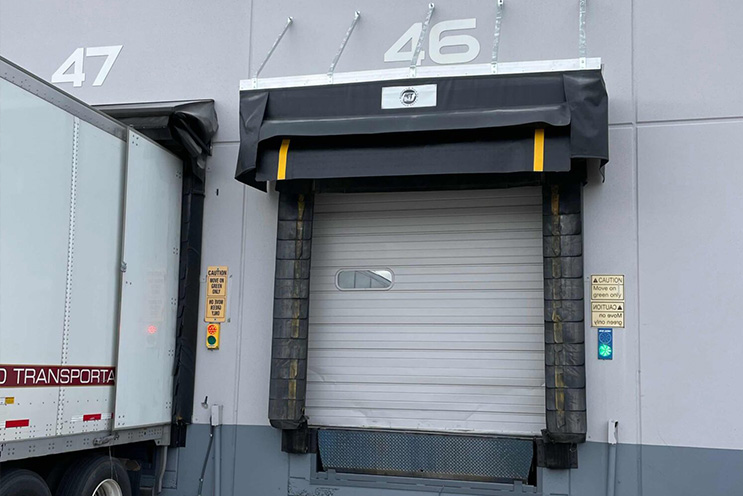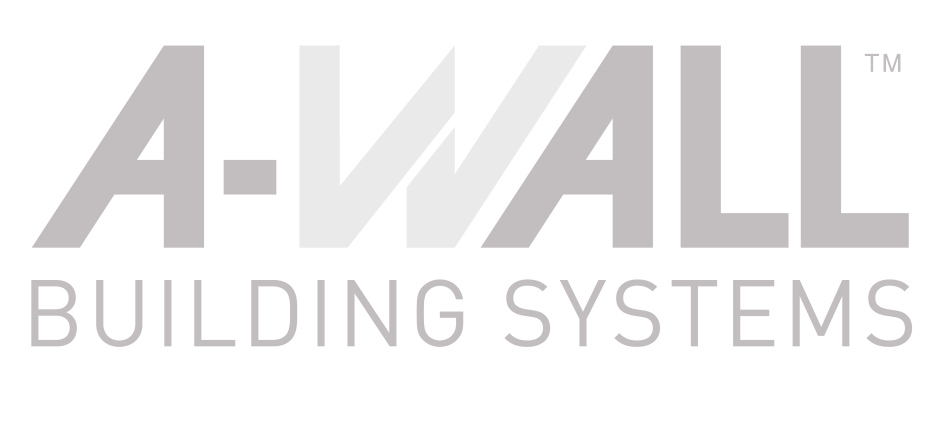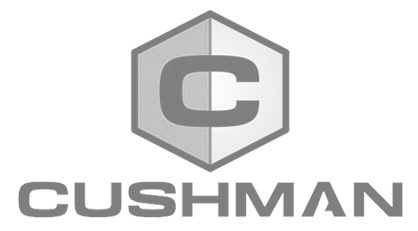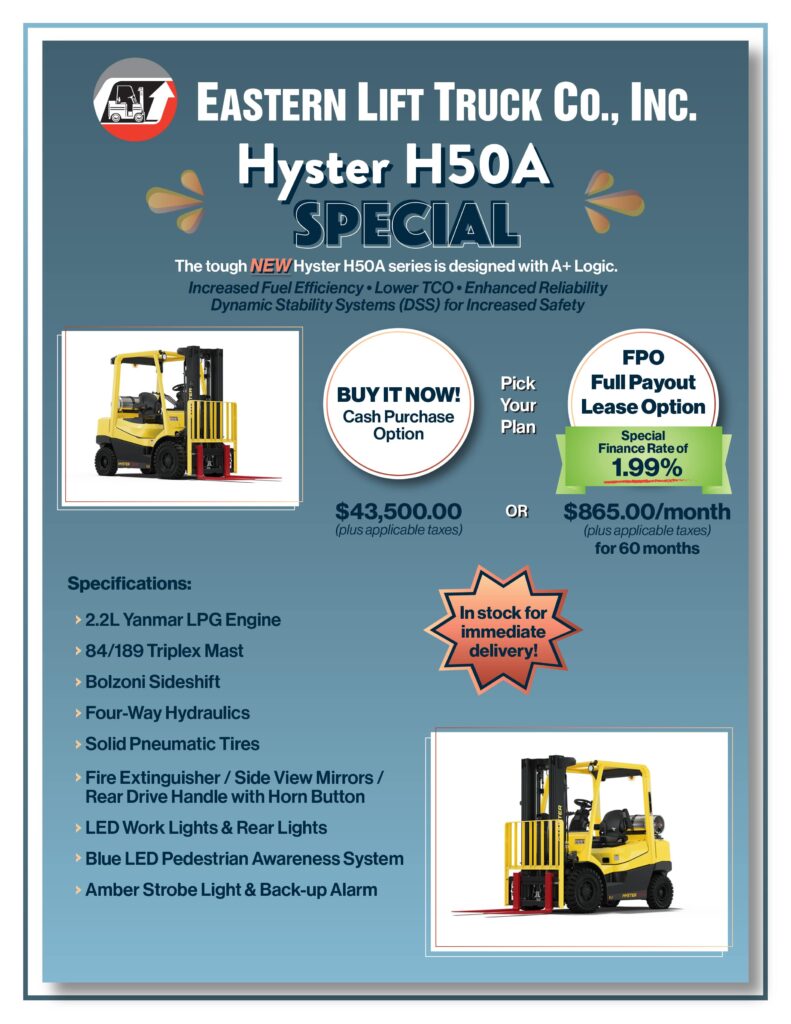
Loading docks are crucial to warehousing operations. They facilitate the loading and unloading of materials and products and play an important role in creating an efficient flow through the warehouse. However, loading docks have inherent challenges that can impede operations and even threaten worker safety. Optimizing these spaces with the right equipment and technology, along with implementing best practices, can transform a warehouse and help ensure worker productivity and safety. Learn how to optimize your loading dock areas.
The Challenges and Importance of Enhancing Efficiency
Warehouses rely on loading docks to complete logistics operations. Efficient loading docks can reduce delays and boost productivity, empowering teams to streamline operations. However, these spaces can face several common challenges, including:
Complex operations: Loading docks are often fast-paced environments with many people, products and equipment moving through them. These dynamic spaces support loading and unloading activities, which require effective communication, careful planning and smooth process execution. Small pain points can quickly impact operations and throw off schedules, cause delays and create a hectic or unsafe environment for workers.
Scheduling conflicts: Scheduling is an element that can increase operation complexities. Poor scheduling practices can increase loading dock congestion, force drivers to sit idle while waiting for another vehicle to leave and stop operational flow if workers are waiting for other team members to move from the area to complete their tasks. Some workers may prioritize speed over safety in these circumstances, potentially increasing workplace hazards and errors.
Unauthorized access: Loading docks allow workers and drivers to come and go as necessary to move goods. However, inefficient loading docks without proper security measures can bring adverse outcomes. Along with potentially exposing valuable assets, unauthorized access can pose risks to tenants and workers.
Navigating these challenges and addressing the pain points is crucial. A lack of proper and well-maintained equipment or implementation of best practices will increase the likelihood of workplace accidents and injuries that will impact your team and overall operation. Inefficiencies also hurt your bottom line, causing you to lose money, miss opportunities and damage relationships with your business partners and anyone involved in your chain of operations.
How to Improve Loading Dock Efficiency
Increased efficiencies will lead to boosted profits and a productive team. Leveraging best practices, innovative technologies and proper safety measures are keys to achieving this objective. Check out these tips for improving loading dock efficiency:
1. Prioritize Preventive Maintenance and Training
As one of the busiest areas in your facility, your loading dock area faces heavy traffic – a convergence of people, products, and equipment. These are other stressors that can cause significant issues. Loading docks and overhead doors often face several common problems, including worn cables, spring malfunctions, track misalignment and sensor problems. Neglecting issues with these components will put workers at risk and may lead to unplanned downtime.
Wear and tear on equipment is natural and delaying maintenance and repairs for extended periods can make it more challenging to complete routine tasks. Preventive care, regular maintenance services and enhanced training are essential for keeping your loading docks and doors functional and efficient condition. Proper training can empower your team to recognize warning signs and deliver the necessary steps to address potential problems, and routine services ensure all components are in working condition so you can operate at peak efficiency.
2. Enhance Your Communications
Enhancing communication is one of the most simple and effective ways to improve efficiency. This simple strategy can help navigate challenges regarding scheduling, safety, order processing and more. Regular communication with your team can reduce confusion.
Communication through digital technologies can aid in appointment booking for efficient freight flow and empower online order processing to automate tasks to reduce paperwork loads. You can also implement a light communication system to indicate the status of vehicles near dock doors. This solution allows managers to keep freight flowing and detail operations without needing to increase congestion at the loading dock.
3. Update Your Security and Safety Measures
Safety should always be at the forefront of your operations, and it should not be surprising that this strategy can also improve efficiency. When workers feel secure in their environment, they can work more productively, ultimately enhancing your operations. Improving safety measures results in fewer accidents and less downtime, empowering your team to maintain momentum and ensure optimization.
Train employees on hand signals, floor markings, proper attire and gear, machine handling and any other information relevant to your facility. You should also train your team on emergency procedures to equip them with the skills and knowledge necessary to navigate complex challenges safely.
4. Leverage the Right Technology

Technology can quickly transform warehousing operations. Warehouse Management Systems (WMS) may help improve scheduling of staff, equipment maintenance, and more. Many of these solutions help to automate your loading dock by eliminating repetitive human tasks, empowering your team to reduce errors while engaging in more meaningful and complex activities. The right technology can help you optimize your layout, enhance communication, achieve optimal warehouse flow (such as cross-docking) for your operation.
5. Invest in Material Handling Equipment
Material handling equipment can optimize efficiency by reducing worker safety risks. Consider equipment like pallet jacks, industrial pallets and other warehouse equipment to allow workers to safely move products while reducing manual heavy-load lifting and time-consuming organizational tasks.
6. Streamline Your Scheduling
Efficient scheduling optimizes vehicle flow and reduces waiting times for your employees and drivers. While there are many ways to achieve this step, a best practice is to use a Warehouse Management System (WMS) as mentioned above. WMS software can help you allocate your resources while reducing manual workloads and errors. These solutions can provide real time visibility and empower you to plan efficiently to ensure productivity.
7. Create a Safe and Healthy Environment
Although updating safety measures and securing your loading docks and overhead doors will contribute to a safe environment, there are several other ways you can ensure worker safety. Loading docks are unique spaces because they provide indoor and outdoor access, and many workers switch between these two environments, multiple times a day. Evaluating temperature and ventilation needs can make a healthier environment in these spaces, empowering your team to be more productive. Proper ventilation can minimize exhaust fume exposure and implementing climate control solutions can help your workers stay comfortable throughout the year.

Optimize Loading Dock Efficiency with Eastern Lift Truck Co.
At Eastern Lift Truck Co., you will find a dedicated team of skilled professionals ready to help you transform your operation and streamline efficiencies. We understand the importance of your loading dock area and overhead doors and want to ensure optimal function and safety for your team. With quality installation services and best-in-class products, you can feel confident in our ability to find unique solutions to meet your needs.
Learn more about our loading dock services or contact our team to discover how we can deliver unique benefits to your business.



























